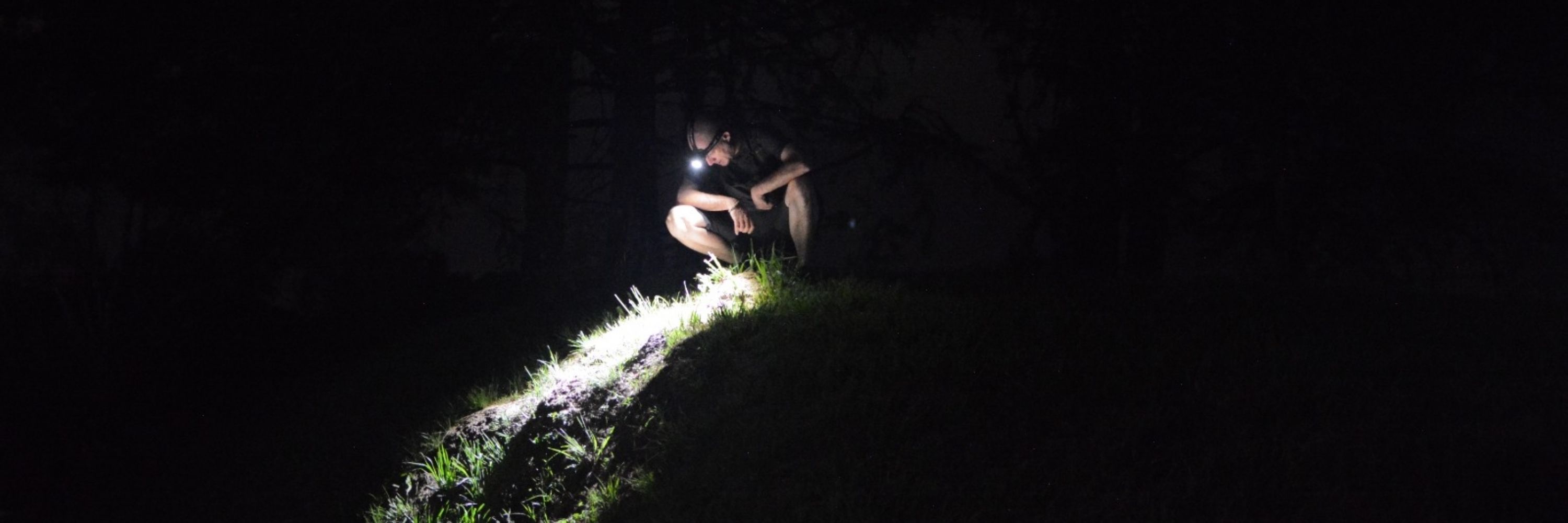Pablo Garcia-Diaz
@pablo-ecology.bsky.social
3.1K followers
1.7K following
350 posts
Ecologist. Ecological modelling, ecosystem services, invasive alien species, and wildlife trade. Often found running models or marvelling at reptiles
Posts
Media
Videos
Starter Packs
Pinned
Reposted by Pablo Garcia-Diaz
Reposted by Pablo Garcia-Diaz
Reposted by Pablo Garcia-Diaz

















